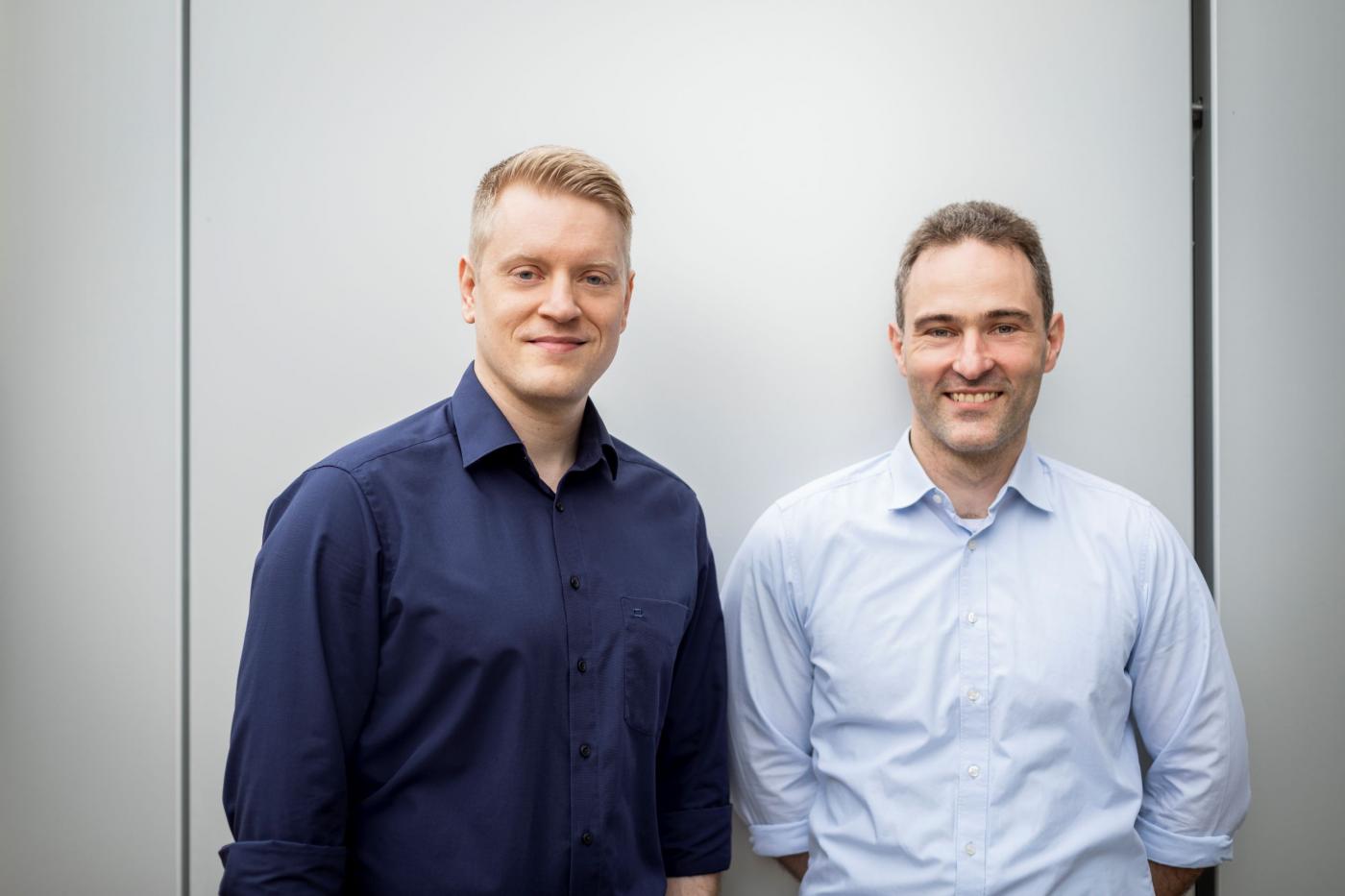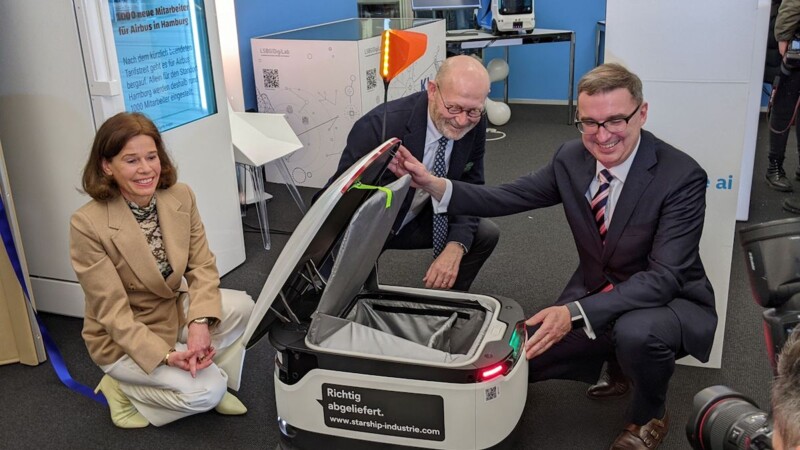AI analyses the state of cells, the degree of differentiation and their quality as cells may die depending on the experiment. "Our product handles image data acquisition, permanent and secure management of primary and metadata, and provides automatic, objective, consistent AI-assisted image analysis and evaluates the results," Bauer pointed out. Depending on the project, thousands, sometimes hundreds of thousands of images have to be analysed and theoretically viewed through a microscope which is ideal for AI. Bauer remarked: "AI has the huge advantage of not tiring after lunch, but continues to evaluate based on the same benchmarks thereby generating comparable data." The integrated solution can be trained to address any issue, such as the search for new active substances in new medicines. "And the user does not have to have any knowledge of AI for that task," he noted.





